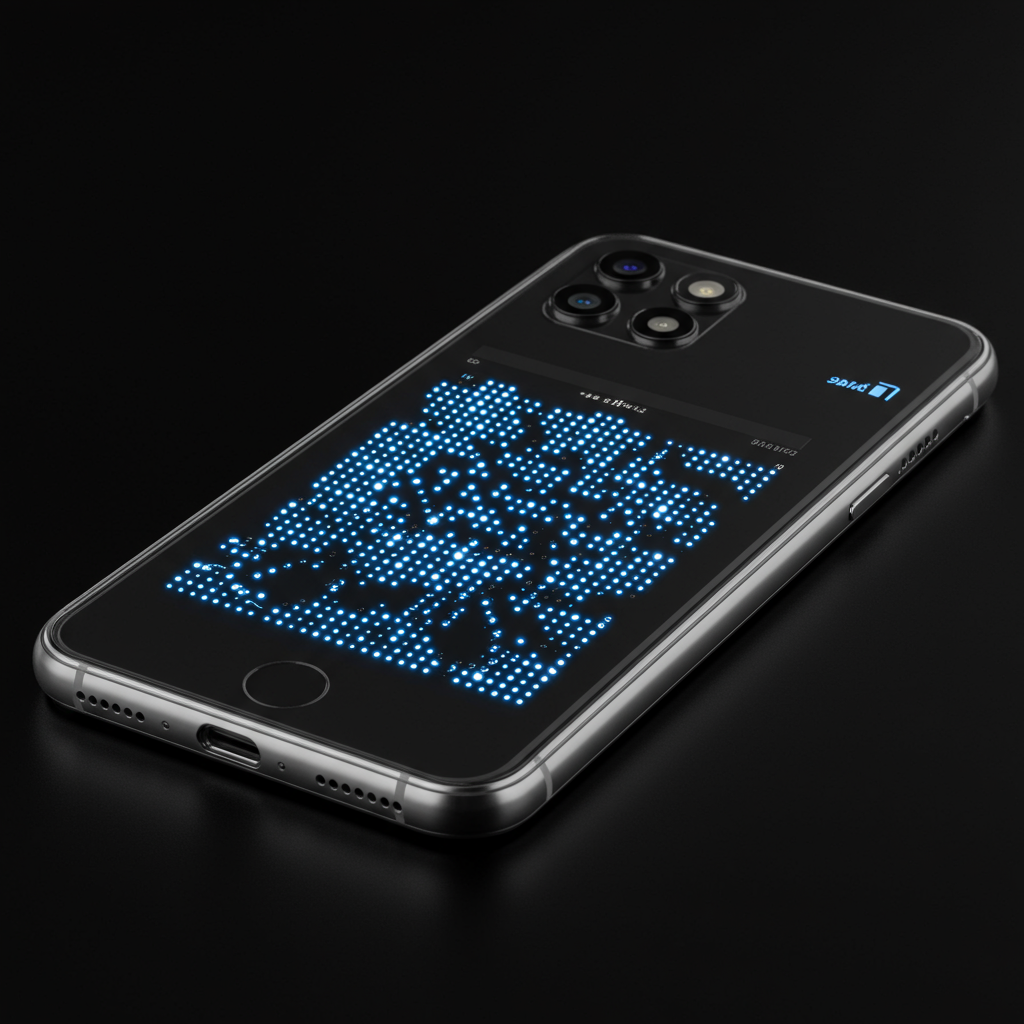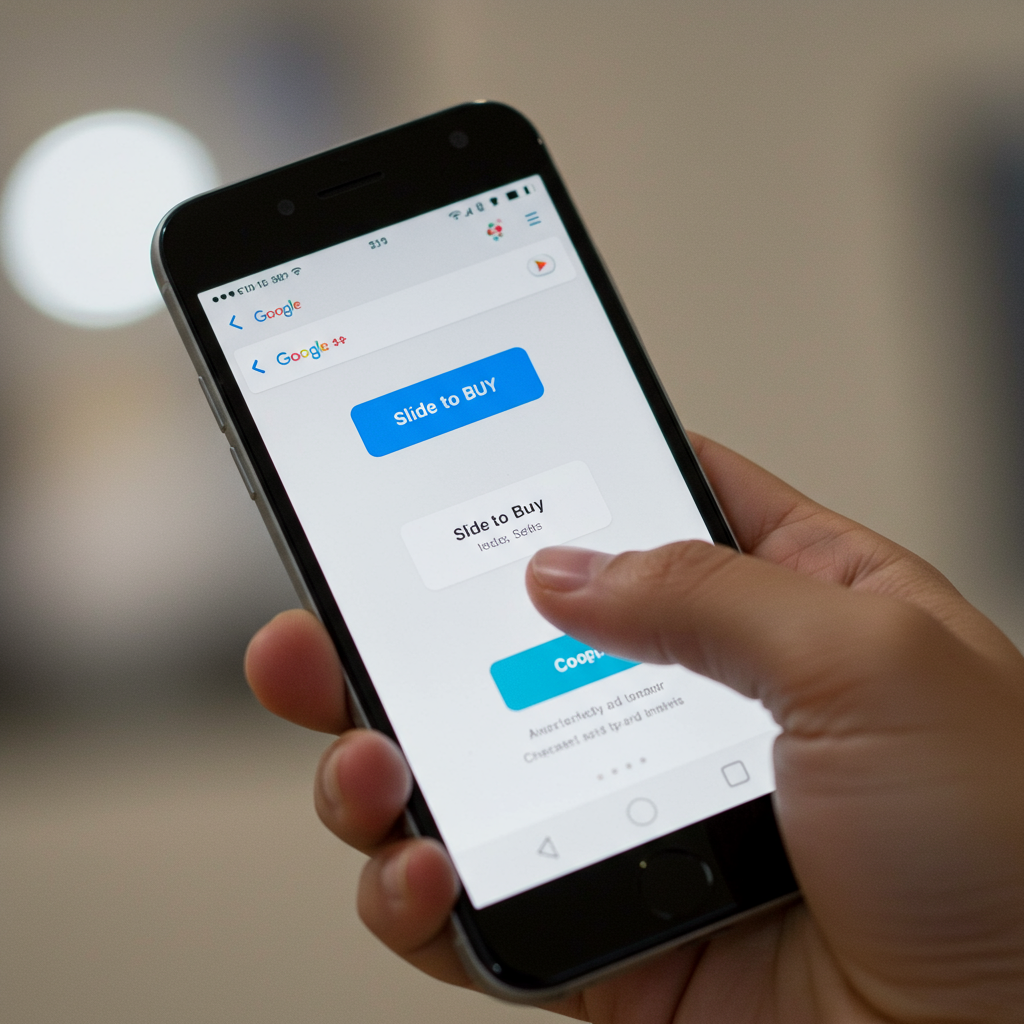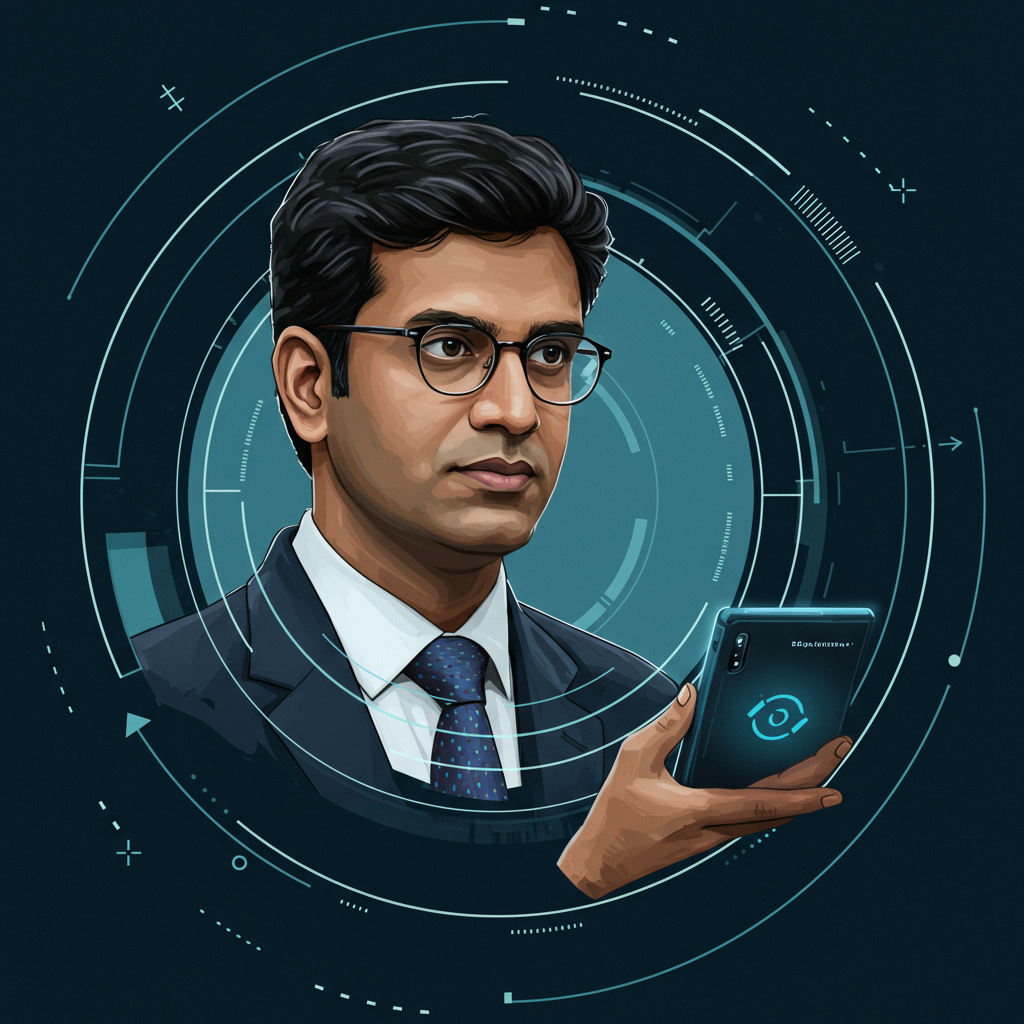nothing‘s latest smartphone, the phone 3, arrives with a distinctive transparent design and a unique dot-matrix display on its rear, aiming to carve out its niche in the competitive $799 flagship market. Positioned against established rivals like the Google Pixel 9 and Samsung Galaxy S25, the Phone 3 is Nothing’s most ambitious and most expensive offering yet. While blending high-end aspirations with components that might not be top-of-the-absolute-tier, it maintains the company’s signature playful aesthetic and focus on thoughtful user interaction.
Introducing the Nothing Phone 3 and Its Bold Design
Following the launch of the more budget-friendly ‘a’ line, the Nothing Phone 3 takes center stage as the brand’s new flagship. Starting at $799 for the 12GB RAM/256GB storage model, rising to $899 for the 16GB RAM/512GB version, it enters a tough segment. However, Nothing relies on its unique identity rather than just raw power. The phone’s design is inspired by the geometric lines of the New York City subway map, visible in the transparent back’s three-column layout. This structure neatly organizes internal components, camera modules, and the star design element. Notably, the Phone 3 is Nothing’s thinnest phone yet, 18% slimmer than its predecessor. It also manages to integrate powerful camera tech without the large bump seen on some other devices, a benefit of its higher budget allowing for smaller, custom parts. The build is also robust, featuring an IP68 rating for dust and water resistance.
The glyph Matrix: A Playful, Practical Evolution
The most significant visual shift is the replacement of the flashing Glyph Interface with a smaller, dot-matrix LED screen called the Glyph Matrix. Located in the top right corner of the phone’s rear, this matrix is composed of 489 LEDs. Nothing describes this as an evolution focused on practicality over mere light shows. The aim is to provide useful information without requiring the user to fully unlock and engage with the main screen.
How the Glyph Matrix Enhances Interaction
The Glyph Matrix offers more than just simple notifications. Initially, it displays monochromatic, preset shapes for alerts and contact calls. Future updates promise customization, allowing users to potentially create unique animations or static images for specific contacts. Ahead of launch, a web portal was available for experimenting with turning photos into matrix patterns, offering a glimpse of the creative possibilities.
Beyond caller ID, the matrix can function as a simple information panel. It displays widgets like weather updates and battery levels. It can also act as a stopwatch, a low-resolution mirror (though initial hands-on found this tricky for selfies), and a visual countdown for camera timers. Nothing even includes simple games like rock-paper-scissors and spin the bottle playable directly on the micro-LED screen. To foster creativity, Nothing is releasing an SDK, inviting developers to build custom widgets and games for the matrix.
A dedicated Glyph button is integrated subtly under the rear glass for interaction. Learning its functionality, which relies on different press durations without tactile feedback, takes some getting used to. The author’s initial impression is that the Glyph Matrix is more refined than the previous full-back light show, aligning perfectly with Nothing’s retro-tech design ethos.
Comprehensive Quad 50MP Camera System
The Nothing Phone 3 arrives with a surprisingly stacked camera setup, featuring a remarkable four 50-megapixel sensors. This includes a triple rear camera array and a high-resolution front-facing camera. The rear lenses are minimally protruding, creating a cleaner look reminiscent of the Galaxy S24 Ultra rather than the larger bumps found on some competitors or even Nothing’s own 3a Pro.
Key Camera Specs and Performance
The main rear camera boasts a 50MP sensor with a fast f/1.68 aperture, claimed by Nothing to capture images 70% faster than the Phone 2. It also supports a lossless 1.5x zoom. Complementing this is a 50MP ultrawide camera with a 114-degree field of view. The third rear camera is a 50MP sensor integrated into a periscope zoom lens, offering 3x optical zoom, 6x digital zoom, and an impressive 60x AI Super Res Zoom for getting closer to distant subjects. This periscope lens doubles as a macro camera for detailed close-ups. Optical Image Stabilization (OIS) is present on both the main and periscope lenses. For video, the system supports recording at 4K resolution and 60 frames per second across all lenses.
Even the front-facing selfie camera houses a 50MP sensor. The camera app offers a standard array of Android shooting features like Auto Tone, Portrait Optimizer, Night Mode, Macro Mode, and Action Mode, alongside creative shooting presets. Initial hands-on testing suggests improvements in camera app speed and low-light processing, indicating Nothing is making strides in an area previously considered a weakness. A thoughtful red LED light indicates video recording, a nod to Nothing’s signature red accents.
Display and Performance Details
The Phone 3 features Nothing’s brightest display yet. The 6.67-inch AMOLED screen offers a sharp 1.5K resolution, a step up from the Phone 2. It reaches a maximum brightness of 1600 nits in typical conditions and peaks at a stunning 4,500 nits with compatible HDR content. The display also includes a 120Hz adaptive refresh rate for smooth scrolling and visuals.
Under the hood, the phone is powered by a Snapdragon 8s Gen 4 processor. Nothing acknowledges this choice wasn’t about chasing the absolute highest benchmarks but finding a balance for the price point. The company states this chip is five times faster than the processor in the Phone 3a and offers a 60 percent improvement in AI performance compared to the Phone 2. While it doesn’t match the Snapdragon 8 Elite found in some direct competitors like the Galaxy S25 (which costs a similar $800), real-world performance is expected to be smooth and lag-free, based on performance observed in other devices using the same chip.
Battery Life and Charging Innovations
Powering the Nothing Phone 3 is a substantial 5,150mAh silicon-carbon battery. This is notable as it’s one of the first phones featuring this cell technology to arrive in Western markets, adding intrigue to its real-world endurance. Nothing claims the battery can provide up to 80 hours of uptime on a single charge under specific conditions.
The phone supports speedy 65W wired charging, capable of reaching 50 percent charge in just 20 minutes and a full 100 percent in under an hour with a compatible adapter. It also retains 15W wireless charging, a premium feature Nothing is keeping exclusive to its higher-end models.
Software Experience with Nothing’s Twist
The Phone 3 runs Android 15 out of the box, layered with Nothing’s distinct OS. This includes custom icons, fonts, and native apps designed to feel cohesive with the hardware. The Essential Space, a launcher tied to a dedicated hardware button (the Essential Key, carried over from the 3a series), remains free for the foreseeable future. This Essential Key can also be long-pressed, combined with flipping the phone, for a new “Flip to Record” shortcut that starts voice recording and transcription. While some features like Smart Collections for file organization are delayed, the focus software-wise is integrating the new Glyph Matrix experience.
Nothing promises five years of platform updates and seven years of security patches, a strong commitment for long-term usability. AI features include Essential Search, a natural language search function that can access information across the entire device. While Nothing’s cheaper phones leaned heavily on software innovation, the Phone 3 balances this with improved hardware specs.
Pricing and Availability
The Nothing Phone 3 is priced competitively at $799 for the 12GB RAM/256GB storage variant and $899 for the 16GB RAM/512GB model. Both black and white color options will be available. Pre-orders are scheduled to begin on July 4th, with general sales starting on July 15th through Nothing’s website and Amazon. Select physical retail drops will also occur starting July 10th. This pricing places it directly against well-established flagship contenders, highlighting Nothing’s confidence in its unique blend of design, software, and hardware.
Frequently Asked Questions
What is the Nothing Phone 3 Glyph Matrix and how does it work?
The Glyph Matrix is a small dot-matrix LED display on the back of the Nothing Phone 3, replacing the previous Glyph Interface lights. It consists of 489 LEDs designed for utility. It can display monochromatic images for notifications, contact alerts, and simple widgets like weather or battery. It also functions as a stopwatch, camera timer, and even allows playing basic games. A dedicated button under the glass lets you interact with it. Nothing is releasing an SDK for custom third-party functions.
Is the Nothing Phone 3 worth the $799 price compared to rivals?
Starting at $799, the Nothing Phone 3 is priced in direct competition with established flagships like the Pixel 9 and Galaxy S25. It offers a unique transparent design, a distinctive Glyph Matrix display, a capable quad 50MP camera system with periscope zoom, a bright 1.5K AMOLED display, and premium features like IP68 rating and wireless charging. While its Snapdragon 8s Gen 4 processor isn’t the absolute top-tier chip found in some rivals, Nothing balances this with a compelling feature set and software experience. Its value proposition lies in its unique identity and feature blend rather than purely chasing benchmark supremacy.
What are the main Nothing Phone 3 specifications and features?
Key specifications include a 6.67-inch 1.5K 120Hz AMOLED display with up to 4500 nits peak brightness and IP68 rating. It features a Snapdragon 8s Gen 4 processor, up to 16GB RAM, and up to 512GB storage. The camera system includes a triple rear setup (50MP main with OIS, 50MP ultrawide, 50MP periscope zoom/macro with OIS) and a 50MP front camera. Power comes from a 5,150mAh silicon-carbon battery with 65W wired and 15W wireless charging. Unique features include the Glyph Matrix rear display, Essential Key hardware button, and Android 15 with Nothing OS enhancements, including 5 years of OS updates.




